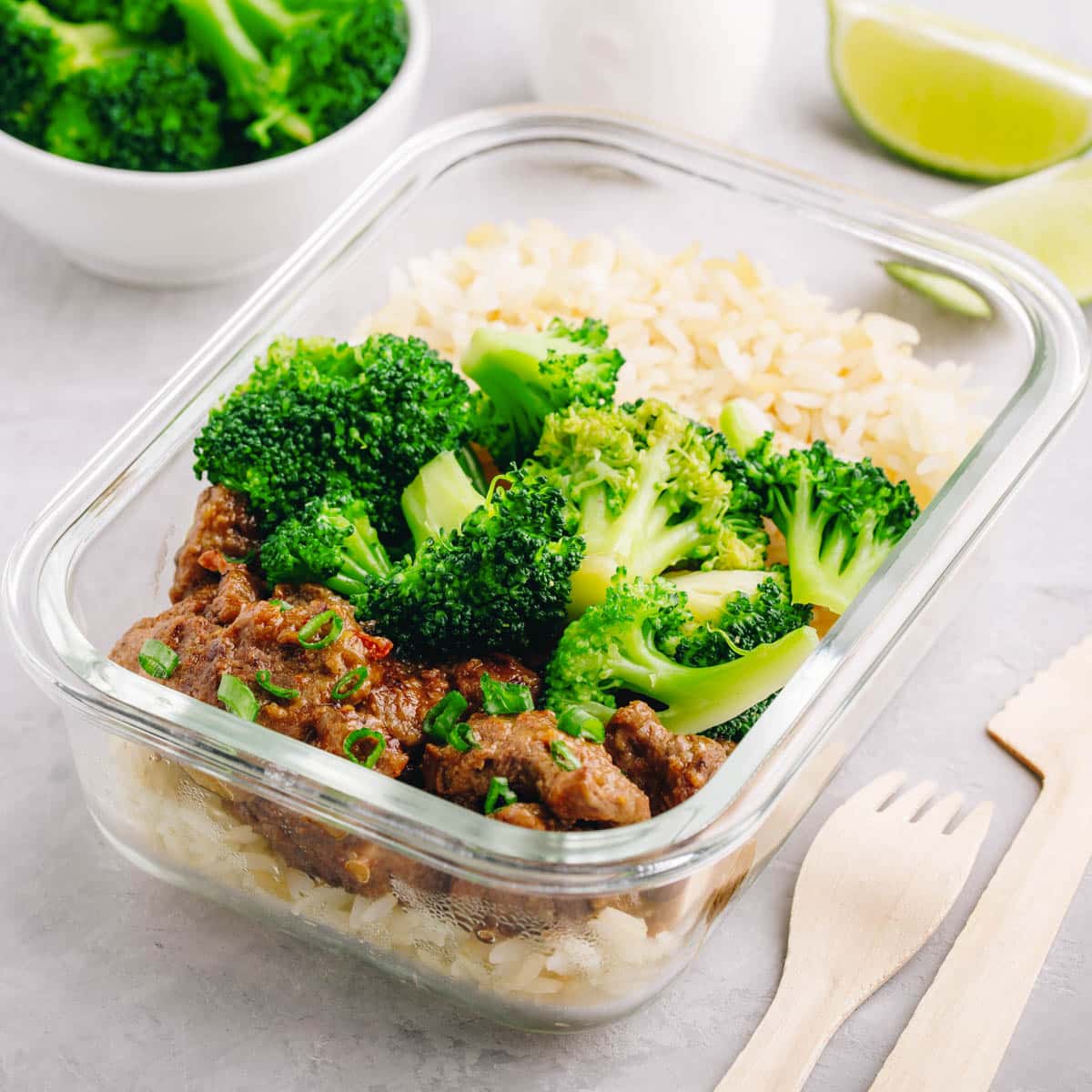How to Tell if Leftovers Are Bad
Ever opened your fridge to a container of leftovers and wondered, “Can I still eat this?” Don’t worry, we’ve all been there!
In this blog post, we’ll share some super easy ways to figure out if your leftovers are still good, or if it’s time to let them go as well as how to properly reheat them.

How to tell if leftovers are bad
Leftovers are considered bad if they have a sour, off-putting smell, a slimy, mushy, or grainy texture, or have changed color. If you notice any of these signs, it’s best to throw away the leftovers.
Leftovers can be a great way to save time and money, but it’s important to know how to tell if they’re still safe to eat. Here are some tips on how to tell if leftovers are bad:
Look for signs of spoilage
Leftovers that have changed color, such as turning brown or gray, are no longer safe to eat. Leftovers that have developed mold or other visible signs of spoilage should also be thrown away.
Smell
Leftovers that have a sour, off-putting smell are no longer safe to eat. This is because bacteria have begun to grow on the food and produce harmful toxins.
Texture
Leftovers that have a slimy, mushy, or grainy texture are no longer safe to eat. This is because bacteria have begun to break down the food’s proteins and carbohydrates.
If you notice any of these signs, it’s best to throw away the leftovers. It is also important to store leftovers properly to help them last longer. Leftovers should be refrigerated within two hours of cooking and stored in airtight containers.
How to properly store leftovers
To help leftovers stay fresh, it’s important to store them properly. Read more about how to properly store foods in the fridge to maintain their freshness. Here are some tips for storing leftovers:
- Refrigerate leftovers promptly. Leftovers should be refrigerated within two hours of cooking.
- Store leftovers in airtight containers. This will help to prevent the growth of bacteria.
- Label leftovers with the date they were cooked. This will help you to keep track of how long they’ve been in the fridge.
- Freeze leftovers: If you don’t think you’ll be able to eat your leftovers within a few days, it’s best to freeze them. This will help to extend their shelf life.
Leftovers that have been left out at room temperature for more than two hours should be thrown away. This is because bacteria can grow rapidly on food that is left out at room temperature.
How to reheat leftovers
Reheating leftovers properly is important to ensure that they are safe to eat and that they retain their flavor and texture. Here are some tips on how to properly reheat leftovers:
Use a food thermometer
The best way to ensure that your leftovers are heated to a safe temperature is to use a food thermometer. The USDA recommends reheating leftovers to 165 degrees Fahrenheit.
Reheat leftovers evenly
To ensure that your leftovers are heated evenly, stir them halfway through reheating. This is especially important for foods that are dense or have a lot of liquid, such as soups and stews.
Use the right method for the type of food
Not all foods should be reheated in the same way. Here are some tips for reheating different types of food:
- Meat and poultry: Reheat meat and poultry in a pan on the stove or in the oven. This will help to prevent them from drying out.
- Soups and stews: Reheat soups and stews in a pot on the stove or in the microwave.
- Pasta and rice: Reheat pasta and rice in a pot on the stove or in the microwave.
- Grains: Reheat grains in a pot on the stove or in the oven.
- Vegetables: Reheat vegetables in a pan on the stove or in the microwave.
- Leftovers that have been frozen: Thaw frozen leftovers in the refrigerator overnight before reheating.
Don’t reheat leftovers more than once. Reheating leftovers more than once can increase the risk of foodborne illness. If you have leftovers that you don’t think you’ll eat in one sitting, it’s best to freeze them for later.
By following these tips, you can help to ensure that your leftovers are safe to eat and that they retain their flavor and texture.
related posts on how to properly reheat food
Additional tips
- If you are unsure about whether or not leftovers are safe to eat, it is always best to err on the side of caution and throw them away.
- If you have a weakened immune system, you may be more susceptible to foodborne illness. If this is the case, it is especially important to be careful about eating leftovers.
- If you notice any signs of spoilage, such as changes in color, smell, or texture, do not eat the leftovers.
Frequently asked questions about how to tell if leftovers are bad
Conclusion
In conclusion, there are a few simple ways to tell if leftovers are bad. By looking for changes in color, smell, or texture, and by checking the expiration date, you can help to avoid food poisoning.
It is always best to err on the side of caution and throw away leftovers that you are unsure about. By following these tips, you can help to keep yourself and your family safe from foodborne illness.

Online Cooking for Beginners Course